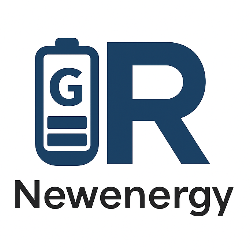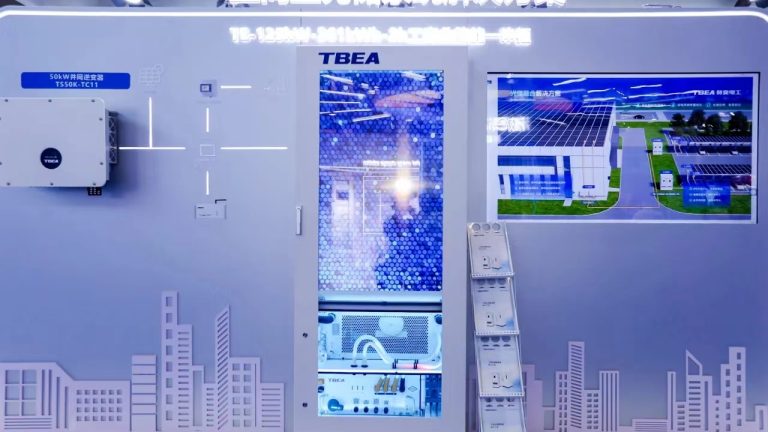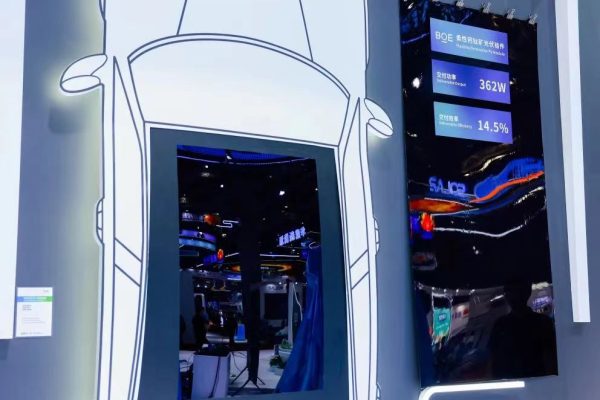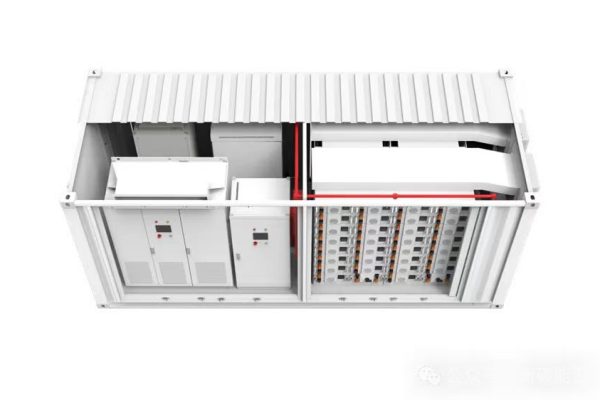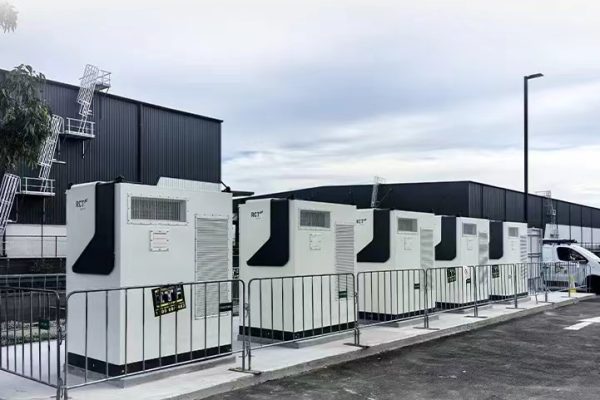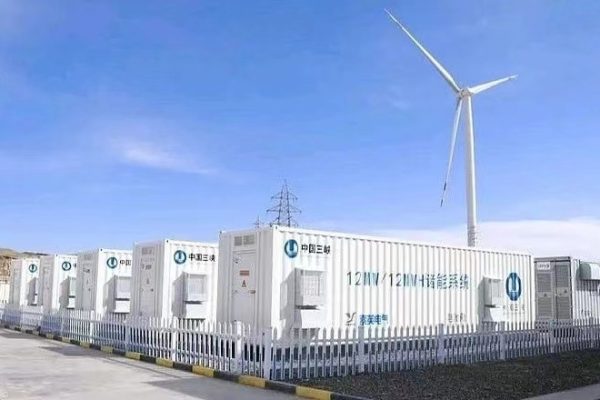Why Simplicity is Changing the Residential Energy Storage Market
1. From Complex Installs to Simple Setups
Residential energy storage used to mean multiple boxes, long wiring runs, and professional electricians spending days on-site. Today, a growing trend is reshaping the market: plug-and-play home battery kits.
These systems combine batteries, inverters, and essential protection gear into pre-configured, ready-to-install packages, cutting installation time to hours — or even minutes.
For small installers, DIY-savvy homeowners, and budget-conscious buyers, the appeal is obvious: faster, easier, and often cheaper.
2. What “Plug-and-Play” Really Means in Energy Storage
A plug-and-play home battery kit typically offers:
- Integrated design – Battery modules, inverter/charger, and BMS in one enclosure.
- Pre-wired connections – Minimal on-site wiring.
- Standardized ports – Simple AC input/output or DC coupling options.
- Auto-configuration software – System sets itself up without manual programming.
In short, it’s a ready-to-use energy storage solution that reduces technical barriers.
3. Key Drivers Behind the Trend
a) Demand for Faster Deployments
Homeowners don’t want week-long projects — they want energy security now.
b) Labor Cost Pressures
Skilled electricians are expensive and in short supply. Pre-assembled kits cut install hours by up to 70%.
c) Expanding DIY Market
With clear instructions and minimal wiring, DIY-friendly battery kits are capturing new customer segments.
d) Technology Integration
Advances in battery management systems (BMS), pre-certified safety enclosures, and smart inverters make compact designs possible without compromising safety.
4. Pros and Cons of Plug-and-Play Home Battery Kits
Advantages:
- Speed – Install in a fraction of the time.
- Simplicity – Fewer compatibility issues.
- Lower labor costs – Reduced professional installation fees.
- Space-saving – All-in-one cabinets take less room.
Drawbacks:
- Less customization – Limited ability to change components.
- Fixed capacity – Scaling up may require replacing the whole system.
- Higher upfront unit price – Integrated design can cost more per kWh than buying separate components.
5. Applications Where They Shine
- Off-grid cabins and vacation homes – Quick deployment in remote locations.
- Emergency backup – Rapid setup after storms or power outages.
- Urban homes – Space-constrained properties benefit from compact designs.
- Rental properties – Easy removal or transfer if tenants change.
6. What Installers and Distributors Should Know
- Select kits with flexible input/output – AC and DC coupling options broaden market appeal.
- Check certifications – UL 9540 / IEC 62619 compliance is essential for insurance and grid interconnection.
- Offer modular upgrade paths – Some kits allow stacking or parallel connection.
- Educate customers on realistic performance – Avoid overpromising backup duration.
7. Market Outlook
The global residential ESS market is projected to grow at >20% CAGR, and plug-and-play kits are expected to be a significant driver. As costs drop and safety standards mature, more buyers will opt for “instant” energy storage over traditional multi-component systems.
8. Simplicity Wins
For many residential customers, the best system is the one that’s easiest to install and use. Plug-and-play battery kits address that need directly — and for installers, they offer a fast, repeatable, and profitable way to serve the growing home storage market.
